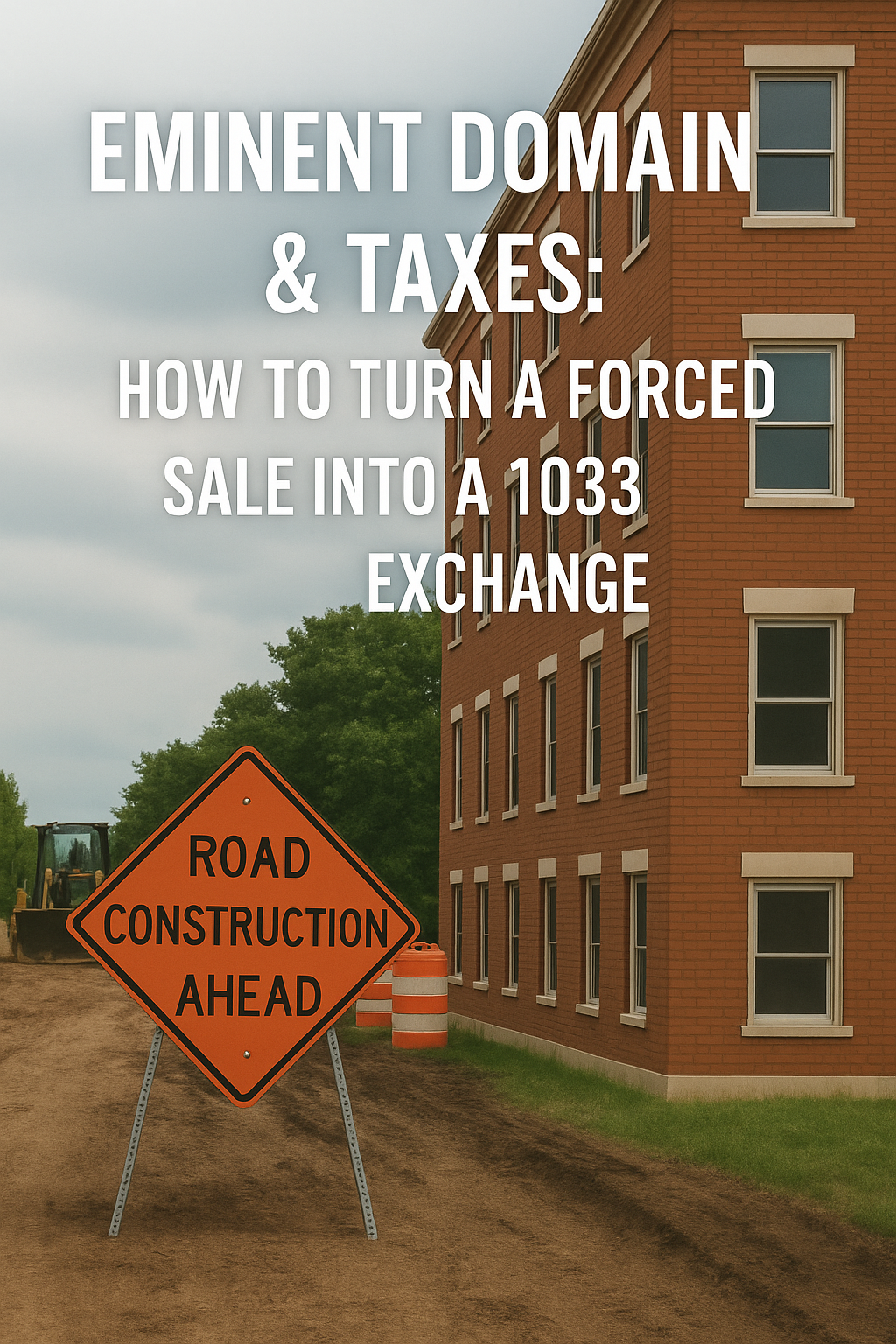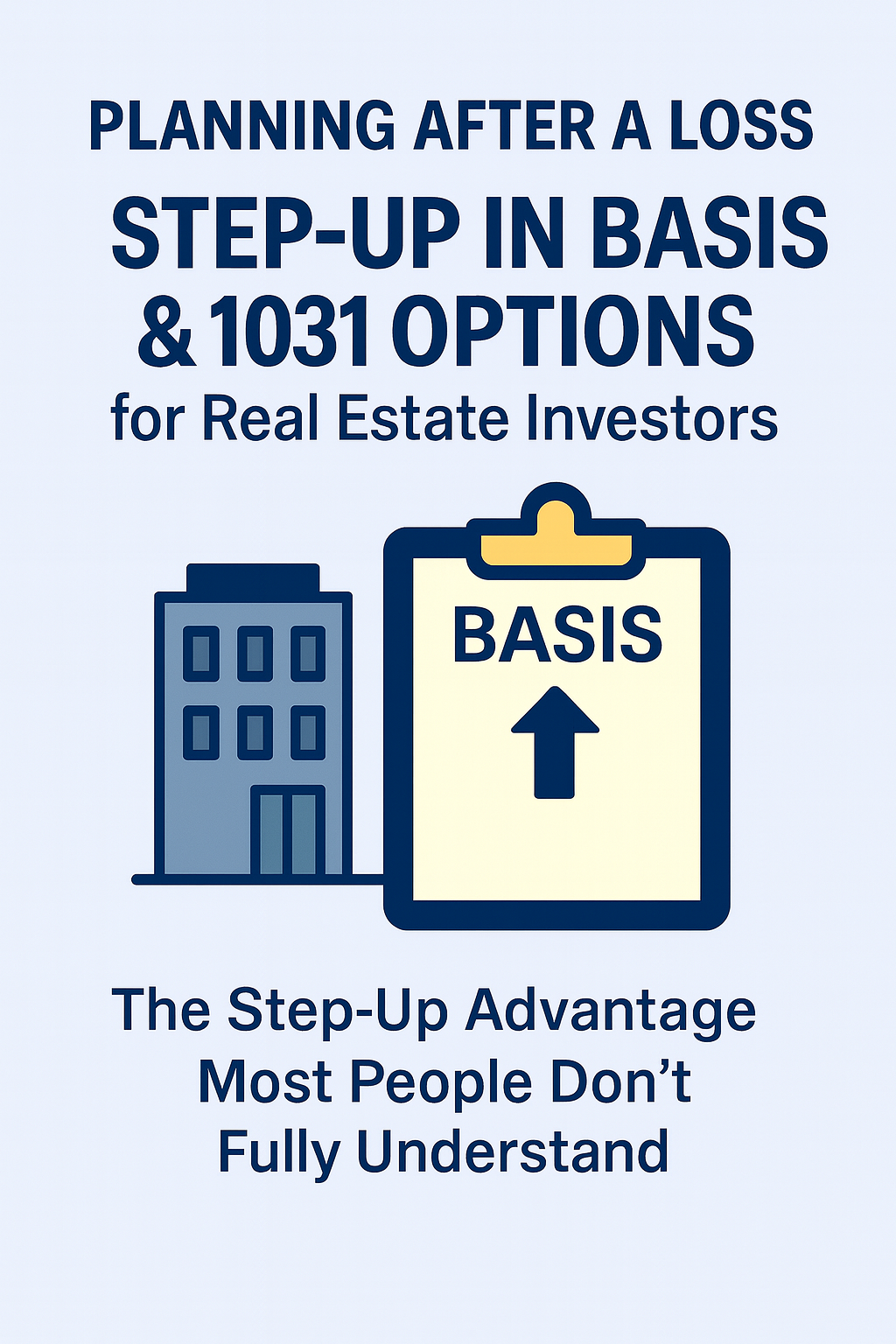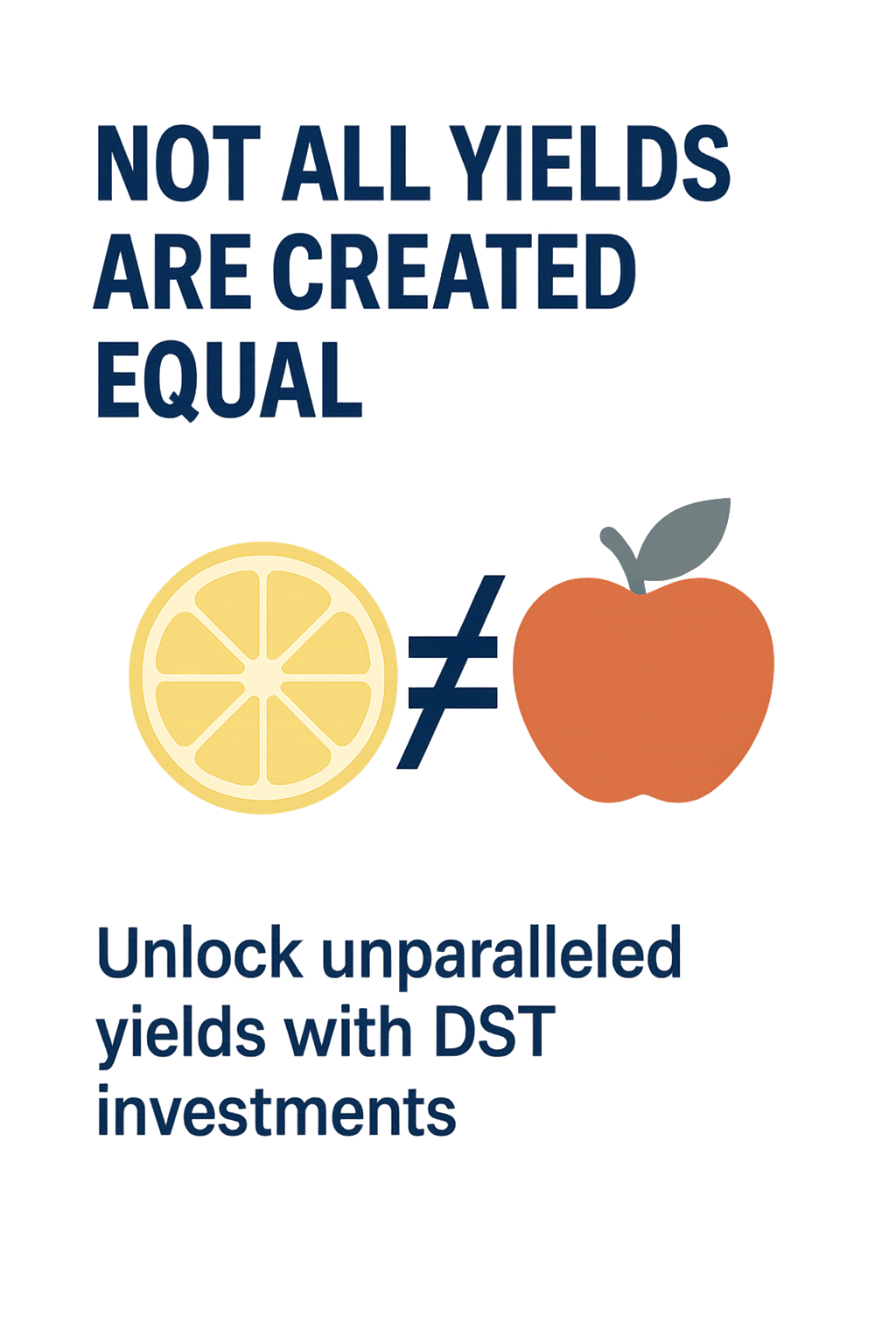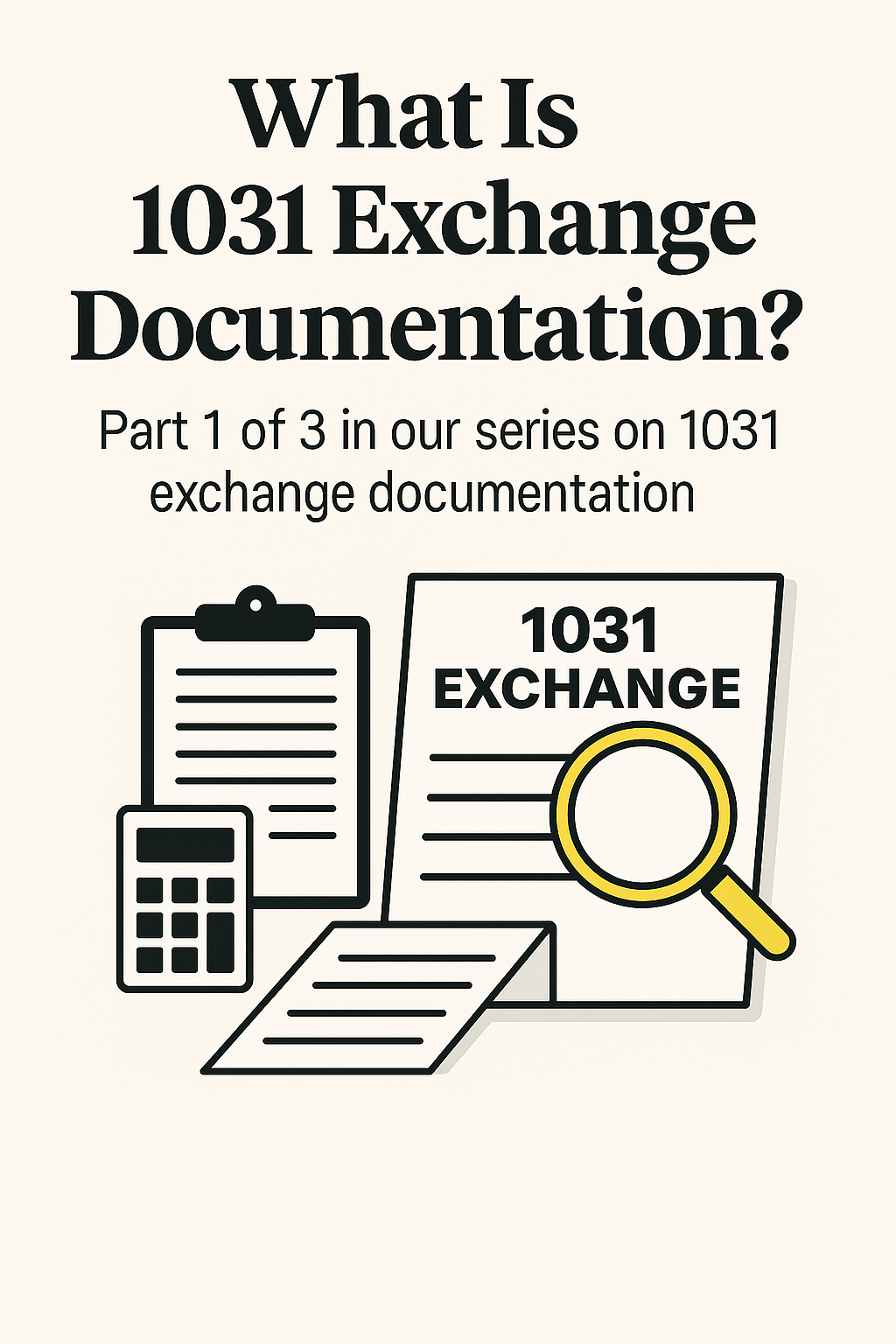Eminent Domain is when a government agency takes private property for public use. Your city or state might need land for a road, transit line, utility project, or other public purpose. If that happens, they can buy your property even if you do not want to sell.
The government will determine a price, usually with an appraisal. You can challenge it, and sometimes you can get more, but in the end the property will be taken and you will receive compensation.
What If the Property Is a Rental or a DST?
If the property being taken is a rental property or a Delaware Statutory Trust (DST) asset, you will usually receive cash from the agency taking the property.
If the property has debt, the agency will pay off the loan and give you the remaining cash.
This is where the tax consequences begin.
Why You Can’t Do a 1031 Exchange
If rental real estate or a DST is taken through eminent domain, you generally cannot complete a 1031 exchange. The proceeds are paid directly to you. That breaks the 1031 rules.
But the tax you deferred in the DST or rental property does not disappear. You still need to defer it.
That’s where Section 1033 comes in. 1033 Exchanges rules are generally much easier to comply with than 1031 rules. Eminent Domain can work to your advantage.
Using a 1033 Exchange Instead
A 1033 exchange allows you to defer tax when your property is taken involuntarily.
Here are the key differences from a 1031 exchange:
You do not need an accommodator
You can receive the funds and you will still qualify for 1033 treatment.T
There are stricter use restrictions
To qualify, you must buy property of similar use.
For example, rental property must be replaced with another rental property. You cannot use eminent-domain proceeds from a rental to buy a vineyard and start a winery.
Replacement property must equal the value taken
You must replace:
- The cash received
plus - Any debt that was paid off
This is the replacement value requirement in Section 1033. You do not have to spend all the cash. This surprises most people.
If you replace the value, not the cash, you may keep the part of the cash you kept without paying tax.
Example
If you receive $500,000 and the property has no debt, you must buy $500,000 worth of replacement rental property.
You could buy that $500,000 property with:
- A $200,000 loan
- $300,000 cash
You can keep the remaining $200,000 and still meet the 1033 requirements.
Should You Buy a Property Worth Exactly the Same Amount?
Sometimes yes. Sometimes no.
Using the example above:
- Taking the extra $200,000 in cash is attractive.
- But exchanging into a larger property can create substantial long-term tax savings.
If you bought a $900,000 replacement property (with new debt or cash), you would get about $400,000 of new basis.
That additional basis often creates meaningful depreciation deductions. Over five years, that could save about $50,000 in taxes.
For DST investors, this is particularly important because added basis increases shelter on future rental income.
What to Do Next
A 1033 exchange requires planning, just like a 1031 exchange. The decisions you make now will impact future cash flow and future tax liability.
At Exchange Planning Corporation, we guide investors through these decisions, using our specialized software tools and DST-specific tax knowledge to help you evaluate options. We complement the work of your current tax professional.
If you want help determining whether a 1033 exchange is right for you — and how to structure it — schedule a call:
https://exchangeplanning.zohobookings.com/#/customer/exchangeplanningcorporation
FAQs: Eminent Domain and DST Tax Consequences
1. Can a DST complete a 1031 exchange after the property is taken by eminent domain?
No. Because investors receive cash directly, a 1031 exchange is not possible. Instead, most investors use a 1033 exchange, which is the IRS provision for involuntary conversions.
2. How long do I have to complete a 1033 exchange?
Most investors have two years , depending on the specifics of the eminent-domain taking. This is significantly longer than the 180 days allowed under §1031.
3. Can I buy a different type of property with a 1033 exchange?
No. The replacement property must be similar or related in use, as required by §1033(a)(2)(A).
For rental real estate owners, this generally means buying new rental real estate.
4. Can I keep some of the cash and still qualify for tax deferral?
Yes. As long as you replace the value of the lost property, you may keep excess cash tax-deferred.
5. Should I reinvest all of the eminent-domain payout?
Often yes — particularly if you want maximum long-term tax savings. Adding leverage and purchasing a larger replacement property can increase depreciation and reduce future taxable income.














